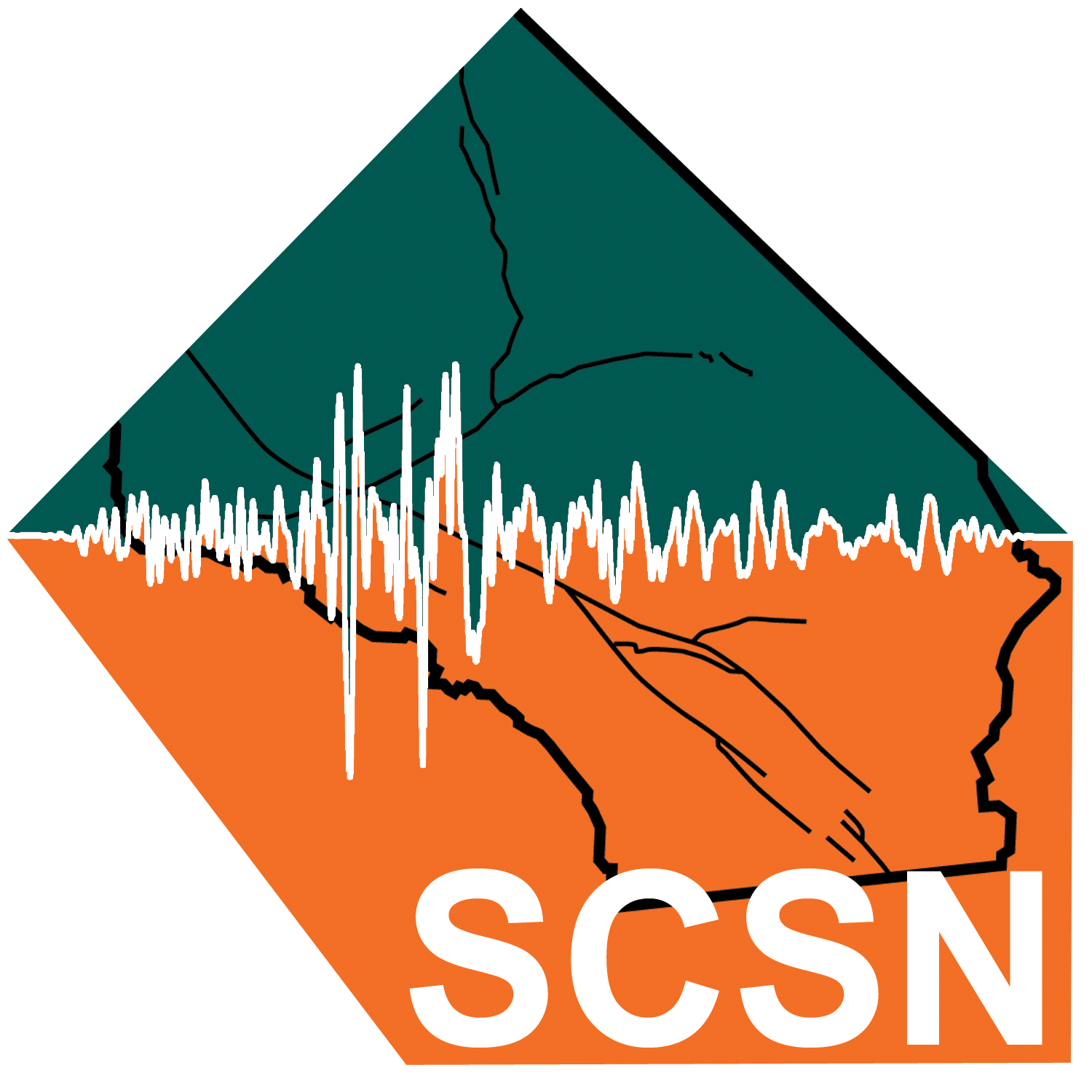Earthquake Information
Fault Name Index
A | B | C | D | E | F | G | H | I | J | K | L | M | N | O | P | Q | R | S | T | U | V | W | X | Y | Z
Brawley Fault Zone
TYPE OF FAULTING: right-lateral strike-slip (north-south trending), north-dipping thrust and south-dipping left-lateral and normal (both northeast trending)
LENGTH: 15 km
NEARBY COMMUNITIES: Brawley, Imperial
MOST RECENT SURFACE RUPTURE: January to March, 1975, several quakes under magnitude 5; October 15, 1979, MW6.4
SLIP RATE: about 20 mm/yr (?)
INTERVAL BETWEEN MAJOR RUPTURES: uncertain; rupture recurrance may depend greatly on Imperial fault zone activity
PROBABLE MAGNITUDES: MWless than 5 - 6.5, alone; can rupture in cojunction with the Imperial fault zone
OTHER NOTES: Complex interworkings between main north-south, right lateral strike-slip faulting and northeast-trending faults exhibiting thrust, left-lateral, and normal focal mechanisms.
The Brawley fault zone is a complex set of faults that is intricately connected to the Imperial fault zone. That connection exists, apparently, due to transfer of right-lateral slip from the Imperial fault zone to the Brawley fault zone. The area is made even more unusual by virtue of its high heat flow -- essentially, the subsurface is hotter (and thus, less brittle) due to the local thinness of the crust. Due to this and the rapid rate of slip, faults in the area are probably prone to aseismic creep. Because of the complexity of the fault system at work, it is also prone to earthquake swarms, like that which coincided with the ground movement in 1975, which broke the surface trace for a distance of 10.4 km with a maximum displacement (vertical) of 20 cm.
This fault zone probably ruptures in a magnitude 6 event every 30-40 years or so, along with its neighbor, the Imperial fault zone. The last such event was in 1979. Although not well documented, minor rupture may also have occurred in 1940, and even in 1915. This by no means represents a definite cycle, however, and prediction of future events, even in this area, is probably a long way off. Still, it seems safe to say that the Brawley fault zone will likely rupture again, sometime in the first half of the 21st century.
The Brawley fault zone likely connects with the Brawley Seismic Zone, possibly even with a northeast extension of the Imperial fault zone, to the north, but the exact nature of these relations is not known.
This fault is featured on the following map:
Southern Fault Map






